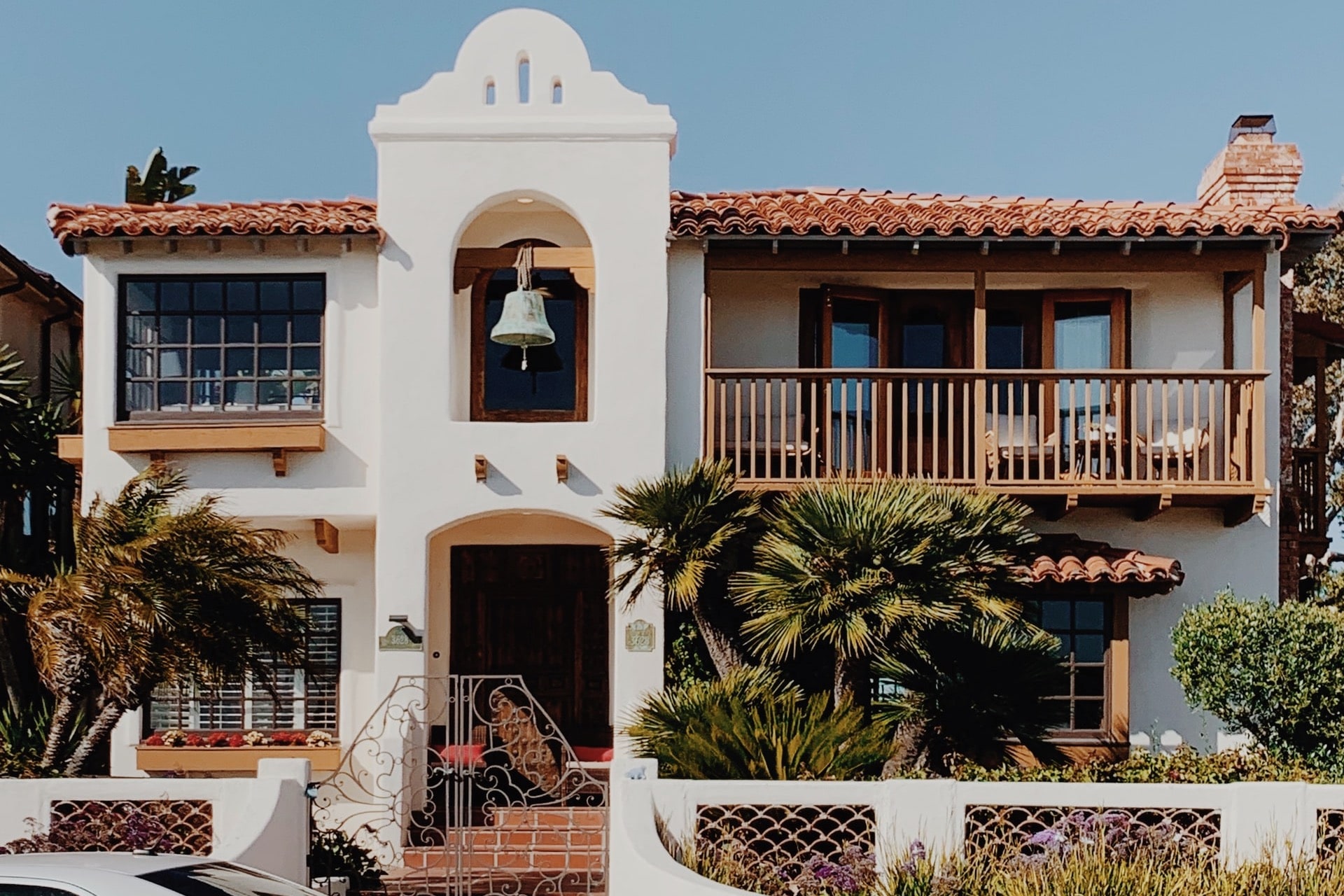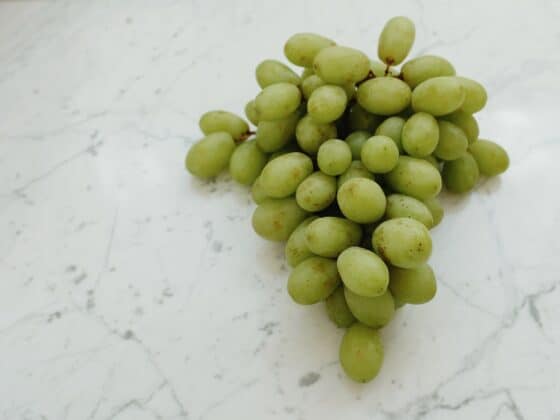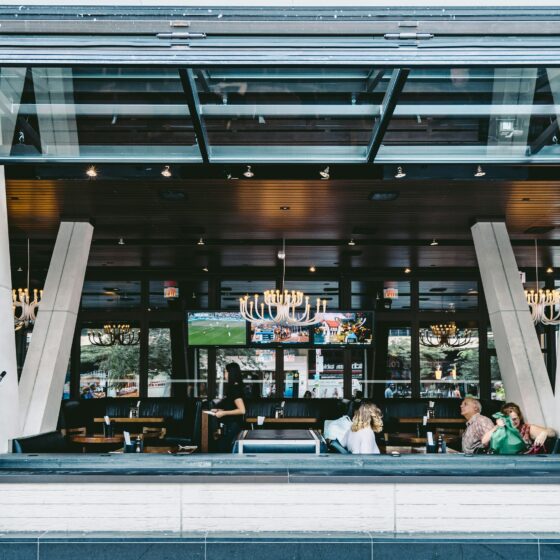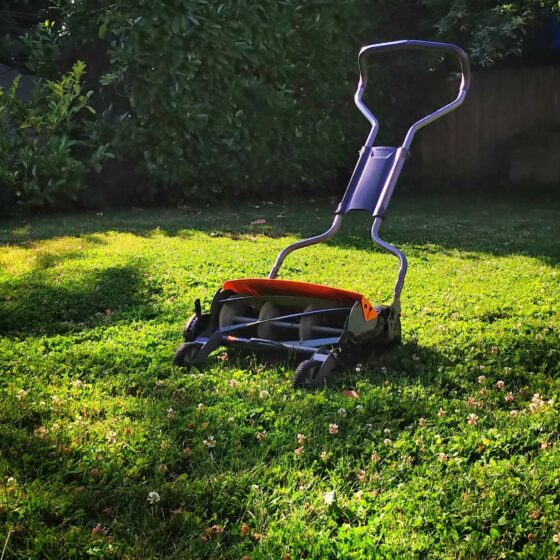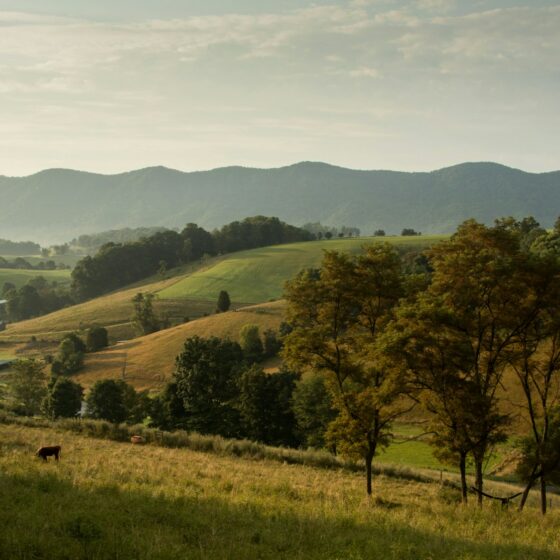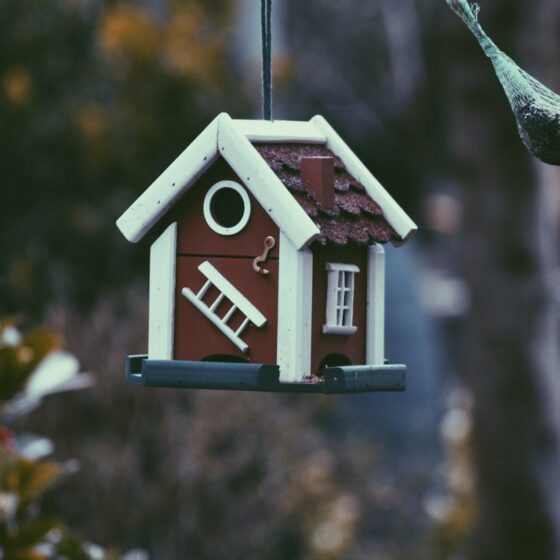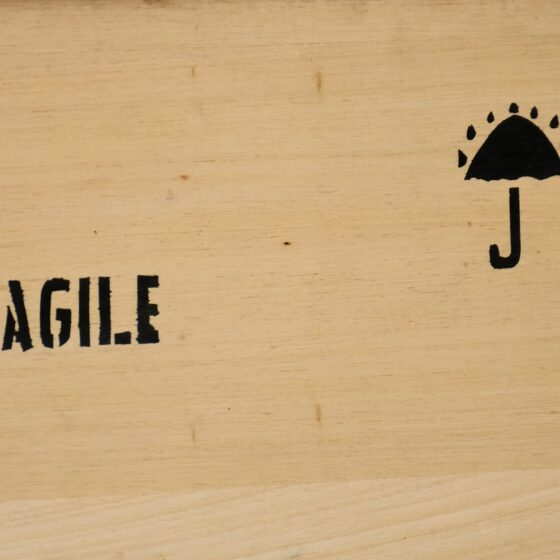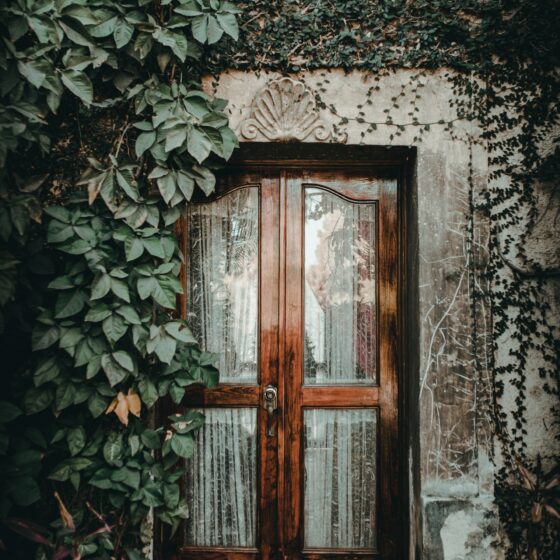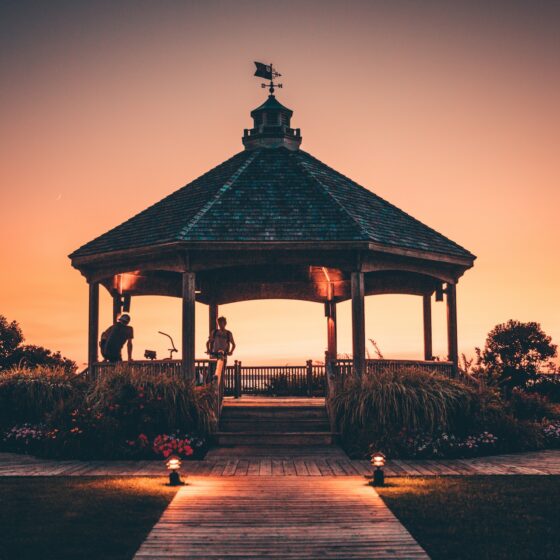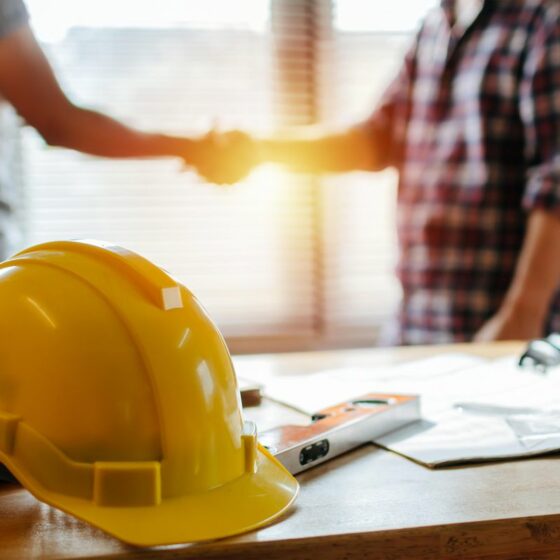Are you considering a renovation? Maybe you’re building or buying a house and trying to figure out which style you should opt for? Why not go for a mission-style house? This simple and functional style will give your property a unique look and make it stand out.
In this article, we’ll discuss what makes this style so special and provide you with tips on how to introduce it into your own home.
So, read on to find out more!
The History of Mission-Style Homes
Mission style draws its origins from the Spanish missions in California in the late 18th century.
During these missions, with the dissemination of cultural views and religion, the missionaries also left a mark on west coast architecture. Because of this, it’s also known as the Spanish mission style.
Mission style draws inspiration from the Spanish Colonial style, which is more decorative and detailed. Mission-style references churches and other historic buildings when it comes to the exteriors, though the houses built in this style are much ornate and stately.
The modern version of this style ( the mission revival style) emerged in the late 19th century in the US as a result of the preservation movement. To this day, mission style is one of the most popular choices for homeowners.
Like the Spanish revival, the mission revival is a subtype of the Spanish colonial revival style (which is itself a variant of the Spanish colonial architecture). The Spanish colonial was much more extensive, richer, and had influence from other countries as well.
Mission Style Characteristics—What Do Mission Houses Look Like?
Mission style is easily recognizable by its solemn church-like restrained exterior. This architecture design employs indigenous materials such as clay and stucco, which add to its uniqueness.
Here are some of the most typical features that characterize houses in the mission style.
Exterior
Houses built in this style usually make use of indigenous materials (e.g., clay). They’re typically one-story homes with stucco exteriors.
Roof
A red tile roof is typical for mission-style houses. The most common type of tile used is the barrel tile, a curved roofing tile typically made of clay or concrete. The roofs can be flat or sloped, and their overhangs typically have exposed rafters at the eaves.
Windows and Doors
Arched (or square) wooden windows and doors are also a key characteristic of mission-style architecture. They’re characterized by small, square panes of glass and often feature decorative iron grilles.
Additionally, they’re often used in combination with other window styles to create a unique look.
Parapets
A roof parapet is another characteristic feature of mission style.
Bell Towers
Inspired by missions in California, bell towers are also a common feature in more high-style mission revival architecture. Today, their function is mostly decorative and adds a unique touch to the house.
Interior
The restrained exterior of a mission-style building is often in sharp contrast with its interior. Colorful textiles are often used to add bright accents to the room and other details we’ll discuss in more detail below.
Walls
Mission-style walls are recognizable by their simple, clean lines. They’re often painted a light color to create a warm and inviting space. Mission-style walls are also often decorated with tapestries or paintings that add to the welcoming ambiance of a mission-style home.
Ceilings
Spanish mission homes often have striking high beamed ceilings that add character to the home.
Floors
Mission-style floors are typically made of wood or tile and have a simple, clean look.
Colors
The mission-style color palette includes both light and airy colors and earth tones. The most frequently used colors are white, beige, ivory, light brown, and dark green.
Wrought Iron Fixtures
These fixtures can be found on doors, windows, lighting, and even staircases.
Mission Style Furniture
You can recognize mission-style furniture by its simple yet functional design and rustic charm.
These are some of the most common features of furniture typical for mission revival homes:
- Straight, clean lines
- Minimalistic design
- Focus on functionality
- Use of natural materials (e.g., oak or maple wood)
Mission-Style Furniture Pros
The mission-style furniture has certain advantages:
- It’s sturdy and long-lasting.
- You can use it both indoors and outdoors.
- It can hold heavy weight without breaking.
- The natural wood color matches any home décor.
Mission-Style Furniture Cons
There are also a few downsides to consider before making a purchase.
- It’s typically more expensive than other types of furniture (since it’s usually made of high-quality materials and takes a long time to construct).
- It’s often not as comfortable as other types of furniture (because it’s designed for functionality rather than comfort).
- It can be difficult to find.
- It may not fit well with other styles, especially modern furniture.
Modern Mission Style Architecture: Influences
Many confuse mission-style houses with adobe houses in Pueblo style (modern versions are known as Pueblo Revival), so it’s important to note that these aren’t exactly the same.
The objective of the Pueblo revival was to replicate the look of the Spanish Colonial West.
This architectural style combined Spainish influence with native materials and traditions, particularly among the Pueblo and Hopi in the southwest of New Mexico.
The main difference between the mission style and the Pueblo style is that the Pueblo style is more concerned with replicating the look of ancient adobe homes, while the mission style is a bit more eclectic, drawing inspiration from a variety of different house styles.
Modern Mission Style vs. Western Craftsman Style
Sometimes, the terms Mission style and Western Craftsman style are used interchangeably. However, though they’re similar in many ways, these two styles aren’t exactly the same.
The Western craftsman style is a variation of the mission style that originated in the American West, and its main characteristics include:
- The use of natural materials (e.g., stone, wood, etc.)
- Focus on simplicity
- The lack of Spanish-style elements
Typical structures in the craftsman style include a dormer, covered porch, wide eaves, and a fireplace inside.
What Is the Difference Between Mission Style and Craftsman Style?
Let’s go through the key differences between the two:
Purpose
Craftsman style is very popular as a design for a cabin or a bungalow. On the other hand, the mission style is mostly used in residential homes.
Materials
Craftsman homes are typically built of real wood, stone, and brick, while mission-style houses are usually made of clay and stucco.
Focus
The mission style focuses on simplicity and functionality, while the Craftsman style puts more emphasis on craftsmanship.
Price
Both mission and craftsman are popular choices for homeowners, but since it’s more specific, the mission style is typically more expensive to build than the Craftsman style.
Energy Efficiency
A mission-style home isn’t inherently energy-efficient due to its large and numerous windows and other features. These houses are usually built in places with a warmer climate where heating isn’t a top concern.
On the other hand, Craftsman-style houses are more energy efficient. This is because they’re developed for a cold climate and thus possess features that help to keep the home warm in winter and cool in summer.
Some of these features include:
- Enclosed eaves
- Diamond-shaped leaded glass windows
- Solid wood doors
Modern Mission-Style Homes—Advantages
- Timeless appeal: This style has a timeless appeal that’ll never go out of style. This makes it a great choice for those who want to make sure their home maintains its value over time.
- Flexible floor plan: Mission-style homes typically have a very flexible floor plan, which means you can easily customize the layout to suit your needs. For example, you can easily shift things up to make space for a home office desk or an additional piece of furniture.
- Easy to maintain: Mission houses’ simple design and the presence of practical tile floors makes them easy to maintain.
- High functionality
- A lot of natural light
- Elegant look: Exposed beams and rafters add a touch of elegance to the house.
Mission Style Design—Disadvantages
It’s no secret that a mission-style house can be more expensive to build than a traditional home. Furthermore, it may not be as energy-efficient as other styles because of the large windows and stucco walls.
There’s a reason why this style is called California mission style—the style is more suited to coastal houses. That being said, the mission style might not be as popular among contractors as other styles, making it harder to find the ones familiar with the style.
Another downside is that the simplicity of the design can make it feel “cold.”
Finally, it may not be the best choice for families with small children due to the lack of storage space.
Things to Consider Before Transforming Your Home into a Mission-Style Residence
If you’re interested in adding a touch of mission style to your new home, there are a few things you should keep in mind:
Climate: It’s important to choose the right location for your home. The mission design houses are best suited for warm climates, so if you live in an area with cold winters, this may not be the best choice for you.
The specificity of their construction: You’ll need to hire a qualified contractor who has experience building mission-style homes. This is important because the construction of these homes is very specific, and it takes a skilled contractor to get it right.
Higher price: You’ll need to be prepared to spend a bit more money on your home if you choose this style, as mission-style buildings typically cost more to build than traditional homes.
Mission style furniture might not be easy to come by: Therefore, you may need to fill the missing gaps with reading chairs, tables, or other furniture mission style look-alikes.
How to Introduce a Mission Style Interior Into Your Home
There are several things you can do:
- Use furniture and decor with simple, clean lines.
- Stick to a neutral color palette with pops of color here and there.
- Add texture with tapestries or rugs.
- Hang paintings or tapestries on the walls.
- Use mission-style ceiling fans.
- Opt for hardwood or tile floors.
Conclusion
There are many different options when it comes to choosing a style for your home, especially if you’re building one from scratch. If you see beauty in simplicity and want a unique yet timeless design, the mission style may be the perfect choice for you.
We hope the information about its characteristics, pros, and cons we analyzed here helped you in making the right decision.
FAQ
What is a mission-style house?
Houses built in the mission style resemble church architecture present during the Spanish colonial missions in California during the 18th century.
With their arched doors and windows and minimalist decoration, the mission style is still very popular in California and in the southwest of the US. Other telltale design features of the mission style include a roof parapet and bell towers.
Where can you find mission-style houses?
Mission-style houses are abundant along the coast of California, in the southwest (Texas, Florida, etc.).
What is a good example of Spanish mission architecture?
One of the most famous examples of a mission-style house is the Manila Hotel in the Philippines, which was designed by American architect William E. Parsons.

